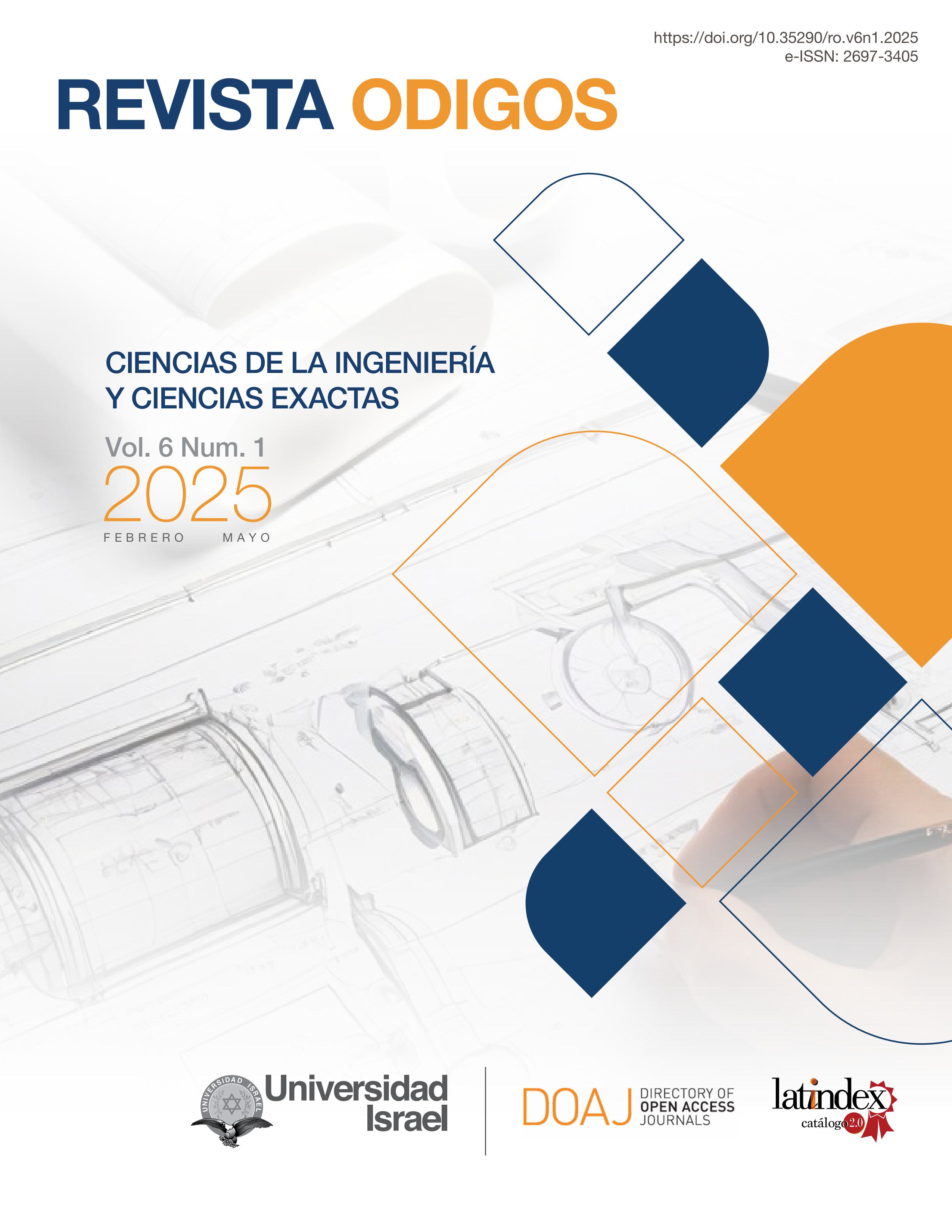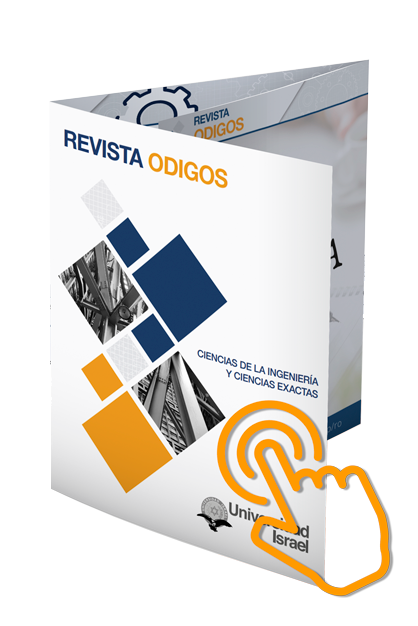Empowering teachers and students in rural areas of Baba canton - Ecuador: Proposal for technological integration in the classroom
DOI:
https://doi.org/10.35290/ro.v6n1.2025.1490Keywords:
Technological integration, digital divide, rural education, technological skillsAbstract
This study analyzes the digital divide in rural areas of Baba Canton, Ecuador, by integrating technological tools in the educational field. Its main objective is to evaluate the impact of these technologies on the academic performance of students and on the development of digital skills in teachers. Through a quantitative approach, complemented by qualitative interviews, data were collected through questionnaires and academic tests. The results reveal significant improvements in the academic performance of students and notable progress in the adoption and use of technologies by teachers. The proposal presented offers an innovative and replicable educational model that seeks to close the digital divide, guaranteeing an inclusive and equitable education that favors the integral development of rural communities. In addition, sustainable strategies are proposed with the potential to expand to other regions with similar contexts, contributing to the fulfillment of the Sustainable Development Goals, especially with regard to quality education and the reduction of inequalities. This research highlights the importance of empowering teachers and students, preparing them to face the challenges of current and future society through technological integration in the classroom.
Downloads
References
Ayala, E. y González, S. (2015). Tecnologías de la Información y la Comunicación. Fondo Editorial de la UIGV Cárdenas, J., Rodríguez, A., y Valenzuela, G. (2022). Análisis de la brecha digital en las zonas rurales: caso de es-
tudio vereda Mancilla. Revista CIES, 13(2). http://revista.escolme.edu.co/index.php/cies/article/view/415
Costa, M. (2023). Qué es el modelo ADDIE en diseño instruccional. Ideas Propias Editorial. https://www.ideaspro- piaseditorial.com/blog/modelo-addie/
Cruz, J. (2022). Las TIC y su impacto en la educación rural: realidad, retos y perspectivas para alcanzar una edu- cación equitativa. Ciencia Latina Revista Científica Multidisciplinar, 6(4), 175-190. https://doi.org/10.37811/ cl_rcm.v6i4.2539
Fandos, M. (2023). Formación basada en las Tecnologías de la Información y Comunicación: Análisis didáctico del proceso de enseñanza-aprendizaje [Tesis de posgrado, Universitat Rovira I Virigili]. TDX. https://dialnet. unirioja.es/servlet/tesis?codigo=7795
Latorre, E., Castro, K., y Potes, I. (2022). Las TIC, las TAC y las TEP: Innovación Educativa en la Era Conceptual.
Universidad Sergio Arboleda. https://dialnet.unirioja.es/servlet/libro?codigo=934838
Molina, L. y Mesa, F. (2018). Las tic en Escuelas Rurales: realidades y proyección para la Integración. Praxis & Saber, 9(21), 75-98. https://doi.org/10.19053/22160159.v9.n21.2018.8924
Nuñez, M., Cedeño, R., y Zaldívar, D. (2019). El correcto uso del internet como medio de autoaprendizaje en la Educación Superior del Ecuador. Actas de Memorias del quinto Congreso Internacional de Ciencias Peda- gógicas de Ecuador (pp. 1298-1307). Ecuador. https://dialnet.unirioja.es/servlet/articulo?codigo=7239529
Peirano, C., Estevez, S., y Astorga, M. (2015). Educación rural: oportunidades para la innovación. Cuadernos de Investigación Educativa, 6(1). http://www.scielo.edu.uy/scielo.php?pid=S1688-93042015000100004&s- cript=sci_abstract
Rojas, O. (2019). Rol del maestro en los procesos de innovación educativa. Revista Scientific, 4, 54-67. https:// doi.org/10.29394/Scientific.issn.2542-2987.2019.4.E.3.54-67
Salmerón, A. (2019). La importancia de las TIC´s en la Educación. MEDAC. https://medac.es/blogs/sociocultu- ral/las-herramientas-tic-en-la-educacion
Sharif, A. y Cho, S. (2019). Diseñadores instruccionales del siglo xxi: cruzando las brechas perceptuales entre la identidad, práctica, impacto y desarrollo profesional. RUSC. Universities and Knowledge Society Journal, 12(3,), 72-86. http://www.redalyc.org/articulo.oa?id=78038521006
Universidad de negocios ISEC (20 de octubre de 2022). 7 ejemplos para entender qué son las herramientas digi- tales educativas. Universidad de negocios ISEC.
https://uneg.edu.mx/que-son-las-herramientas-digitales-educativas/
Zambrano, F. y Balladares, K. (2017). Sociedad del conocimiento y las TEPs. Revista de la Universidad Internacio- nal del Ecuador, 2(10), 169-177. https://revistas.uide.edu.ec/index.php/innova/article/view/534/475
Published
How to Cite
Issue
Section
License
Copyright (c) 2025 Roger Marcelo Freire Avilés, Bryan Orlando Vélez San Martín, Verónica Adriana Freire Avilés, Delia Isabel Carrión León

This work is licensed under a Creative Commons Attribution 4.0 International License.
Los autores que participen de los procesos de evaluación y publicación de sus ediciones conservan sus derechos de autor, cediendo a la revista el derecho a la primera publicación, tal como establecen las condiciones de reconocimiento en la licencia Creative Commons Reconocimiento 4.0 Internacional (CC BY), donde los autores autorizan el libre acceso a sus obras, permitiendo que los lectores copien, distribuyan y transmitan por diversos medios, garantizando una amplia difusión del conocimiento científico publicado.
- Toda derivación, a partir de esta obra, deberá citar la fuente y a la primera publicación en esta revista. Se permiten derechos comerciales no lucrativos sobre sus contenidos.
- Los autores pueden realizar otros acuerdos contractuales independientes y adicionales para la distribución no exclusiva de la versión del artículo publicado en esta revista, es decir, podrán incluirlo en un repositorio institucional o publicarlo en un libro, siempre que indiquen claramente que el trabajo se publicó por primera vez en esta revista.
- Se permite y recomienda a los autores compartir su trabajo en línea, con la finalidad de intercambios productivos para una mayor y más rápida citación del trabajo como lo establece los efectos del movimiento ‘Acceso Abierto’.
- No puede aplicar términos legales o medidas tecnológicas que restrinjan legalmente a otros de hacer cualquier cosa que permita la licencia: https://creativecommons.org/licenses/by/4.0/deed.es
- La Revista ODIGOS es financiada completamente de los aportes realizados por nuestra entidad editora: Universidad Tecnológica Israel; por tal motivo, no establece cargos o cobros de ninguna índole a sus autores y colaboradores, así como tampoco genera pagos o remuneraciones de ningún tipo a ellos.
- Se asignará un Digital Object Identifier (DOI) a cada publicación.




